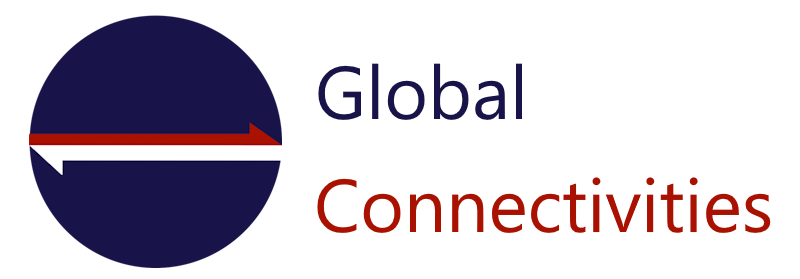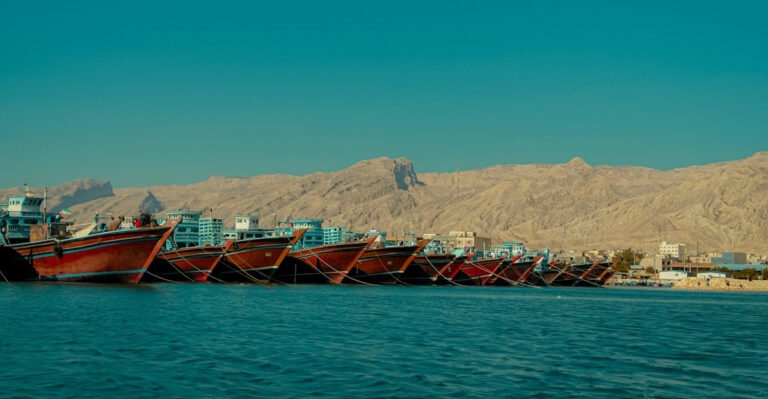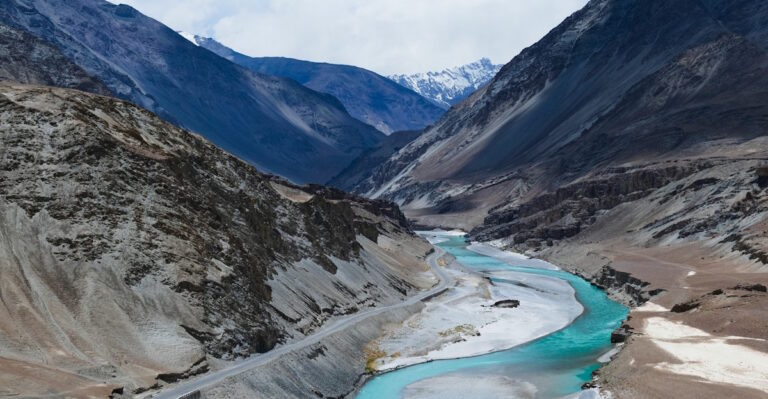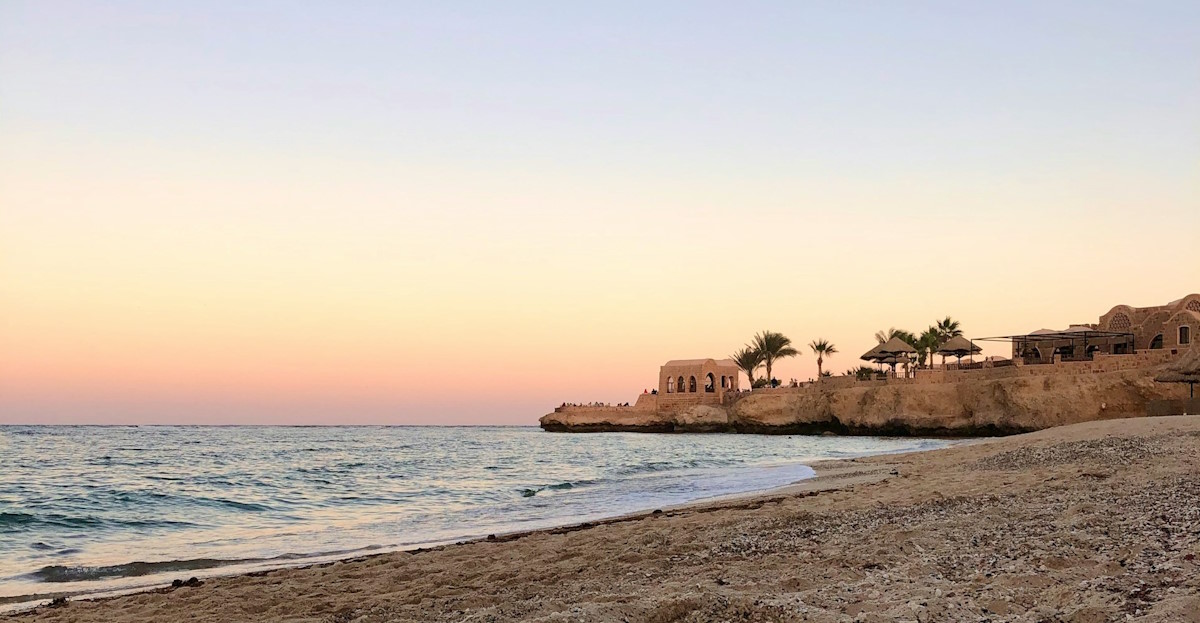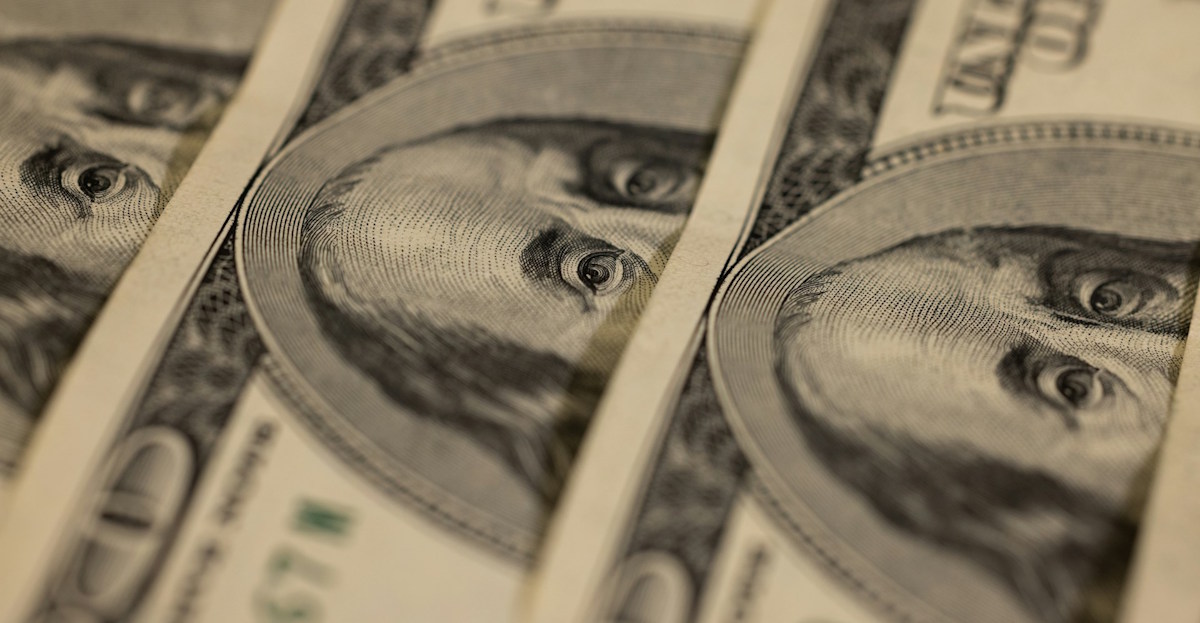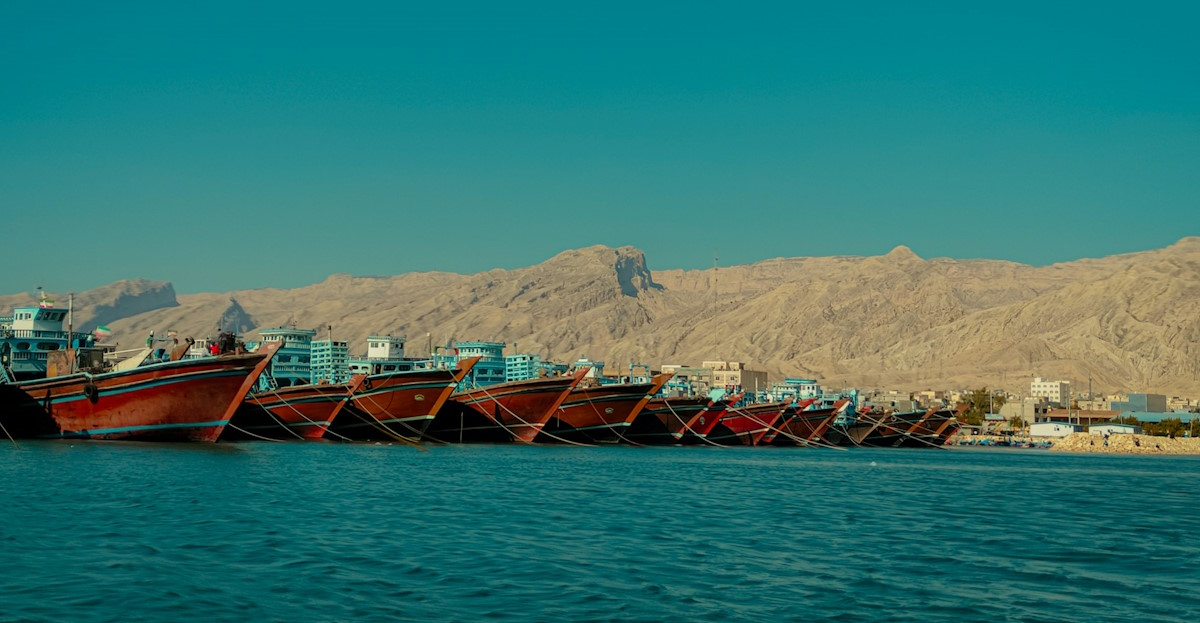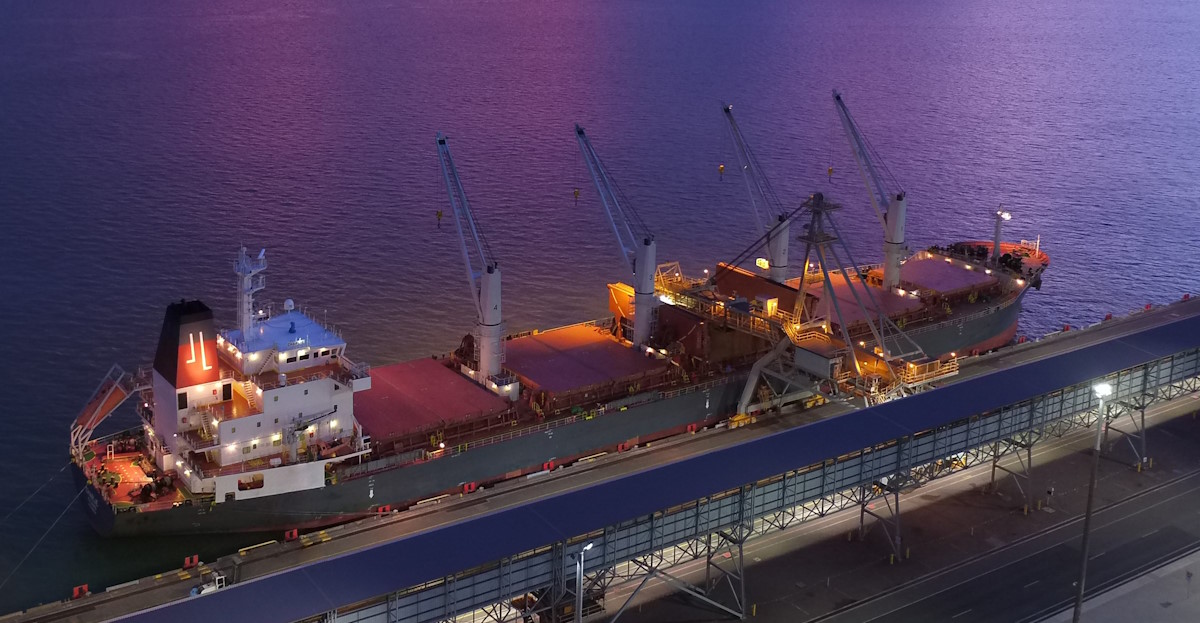by Sebastien GOULARD
In mid-September, French Foreign Minister Stéphane Séjourné visited the site of the Vedi Reservoir in Armenia, accompanied by his Armenian counterpart, Ararat Mirzoyan. Once completed, the Vedi Reservoir, which is located approximately 50 kilometres from Yerevan, will become the largest one in Armenia, with a capacity of 29 million cubic metres. It will irrigate 6,000 hectares of land in the Ararat Valley. Thanks to this project, local farmers are also expected to save on energy costs.
The construction of the Vedi Reservoir has been 80% financed by the French Development Agency (AFD) through a €75 million loan repayable over 20 years. Started in 2017, it is expected to be completed in the coming months. The project was developed by Artelia Eau & Environnement (France) and Sher Ingenieurs-Conseils (Belgium). It is being implemented by an Iranian-Armenian consortium.
This project is an example of the cooperation between Armenia and France. There is growing interest from France and other European Union (EU) states in this South Caucasus republic, which hopes to align its future with its European partners.
A Move Towards the European Union
Following the Nagorno-Karabakh war in September 2023, which resulted in the annexation of this unrecognized Armenian republic by Azerbaijan, Yerevan reiterated its desire to strengthen ties with the European Union.
Disappointed by the lack of support from Moscow during this conflict, in June 2024, Prime Minister Nikol Pashinyan announced that Armenia would soon leave the Collective Security Treaty Organization, a Russia-led alliance. The Armenian Foreign Minister had already declared in March 2024 that his country was seeking future entry into the European Union to escape the Azerbaijani threat. The European Union has been providing assistance to the former Soviet republic since the 1990s, with a partnership and cooperation agreement signed in 1996. In 2004, Armenia, along with Georgia and Azerbaijan, joined the European Neighbourhood Policy, before benefitting from the EU’s Eastern Partnership starting in 2009. However, it was after the signing of an enhanced comprehensive partnership in 2017 that the process accelerated. This partnership was ratified in 2021, following Armenia’s democratic revolution in 2018. At Yerevan’s request, the European Union has deployed a mission aimed at increasing the stability of the borders between Armenia and Azerbaijan. The ratification of the Rome Statute of the International Criminal Court by Yerevan in October 2023, a condition for joining the European Union, has brought the two entities closer. Since then, meetings between Armenian and European leaders have multiplied.
Challenges to Overcome
However, several issues still need to be addressed for Armenia to one day join the European Union. The significant development gap between the EU and Armenia could delay this integration. Today, Armenia’s gross domestic product (GDP) per capita is only $8,575, while the European average is $43,400 (2024), and Bulgaria, the EU’s poorest member state, enjoys a GDP per capita of nearly $17,000. However, the potential accelerated accession of Ukraine and Moldova could set a precedent, pushing Brussels to integrate two South Caucasus states, namely Georgia and Armenia, more quickly. Nevertheless, European public opinion will need to be convinced of the benefits of Armenia’s EU membership.
European Supporters
Within the European Union, Yerevan can count on some supporters, particularly France, which officially recognized the Armenian Genocide of 1915 in 2001. With a strong Armenian diaspora of 350,000, France has advocated for greater Armenian integration into the EU.
In terms of defence, Paris announced in October 2023 that it would sell defensive military equipment to Yerevan. Armenian troops are also receiving training from French military personnel. This cooperation has displeased Azerbaijan, which retaliated by attempting to destabilize French overseas territories by supporting protests. During his visit to Armenia, Stéphane Séjourné emphasized that Paris would assent to security cooperation with Yerevan.
On the economic front, a cooperation agreement was signed between the two states in December 2021, but trade remains modest, with France only being Armenia’s 11th-largest trading partner. Major French companies are still present in this Caucasus country, but some French investments have faced challenges, such as the “Aragate” ski resort project developed in partnership with the French group “Les Trois Vallées,” which was not approved. However, new forums have been launched to increase exchanges between the two countries.
Other European states, such as Germany, are also supporting Armenia, but Azerbaijan is determined to continue influencing European countries through its gas exports and lobbying efforts among European leaders. Hungary has even strengthened its ties with Azerbaijan. The United States, however, could encourage Europeans to deepen their relations with Armenia. In the past, Washington has been concerned about Armenia’s links with Iran, but today the US seeks to stabilize the strategic South Caucasus region and reduce Russia’s influence there. As for China, it would not oppose closer relations between the European Union and Armenia, a country where its interests are increasingly present.
Author: Dr. Sebastien Goulard is the founder and editor-in-chief of Global Connectivities.
